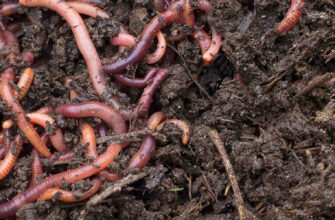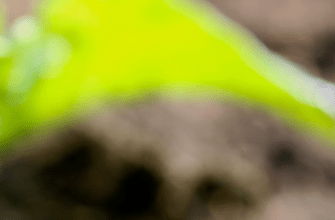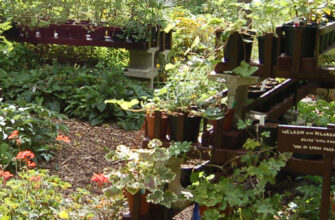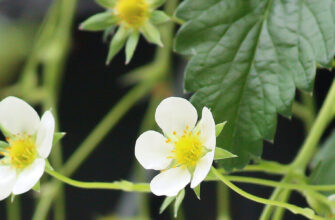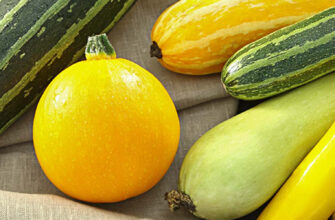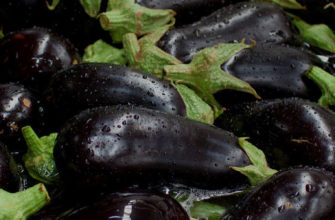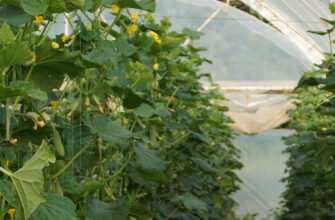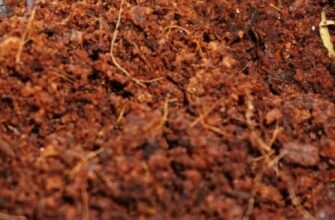When choosing a tomato variety or hybrid, our customers often ask themselves the question: “Which tomatoes are better to plant – determinate or indeterminate?”
This question can be answered simply: indeterminate tomatoes are tall-growing varieties that are better suited for growing in greenhouses with support, while determinate tomatoes are low-growing and intended for open field cultivation.These are the main differences between the two types that every gardener should know.
In this article, we will take a detailed look at what exactly distinguishes indeterminate and determinate tomatoes.
What are determinate and indeterminate plants
Determinate tomatoes
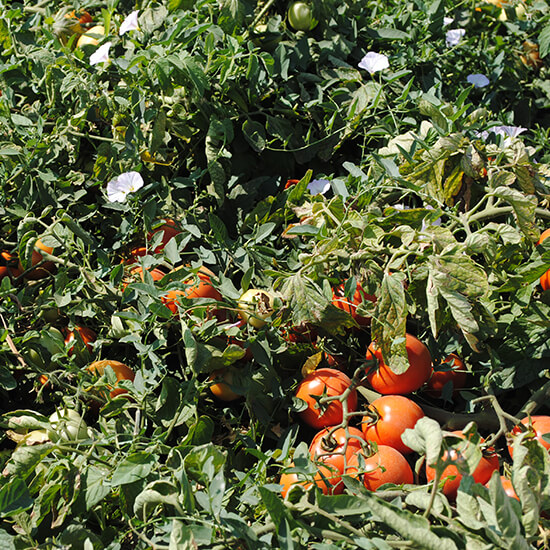
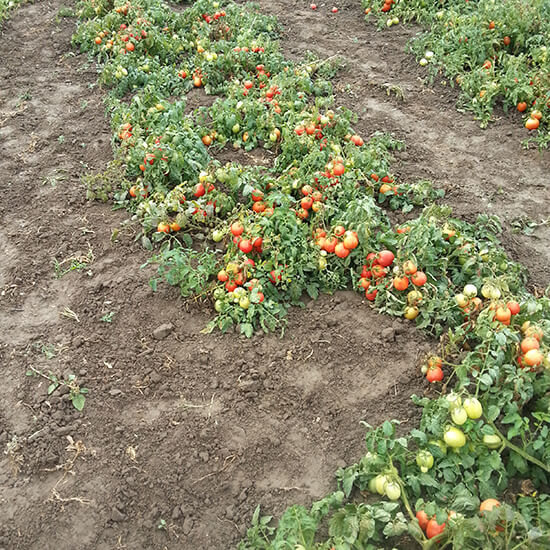
The term “determinate” comes from the Latin word determinans, which means “defined,” or more precisely, limited in growth. A characteristic feature of low-growing tomatoes is that the growth of the central stem ends with a fruit cluster. Determinate tomatoes are plants that branch well, which is why they are also called “bushy,” or simply “dets.”
Most low-growing tomatoes have early ripening periods, though there are also mid-season and late varieties. The fruiting period of determinate tomatoes lasts about three weeks because they ripen simultaneously and give their harvest all at once. Therefore, in large farms, a combine harvester is used for gathering low-growing tomatoes.
Varieties of determinate tomatoes
Standard early tomato varieties. These are low-growing plants with a strong main stem and a large number of lateral shoots. Their height usually ranges between 40–50 cm. Among them, there are also superdeterminate (superdets) varieties that grow up to 30 cm tall. They are ideal for growing in containers and pots on terraces, balconies, and windowsills. Standard tomatoes have a short fruiting period and are also decorative.
Medium- and tall-growing determinate tomatoes. Compared to the previous type, this one is distinguished by larger plant size and a longer fruiting period. This group also includes semi-determinate tomatoes. The height of the bushes ranges from 80 cm to 100 cm and can even reach 1.5 m. Semi-dets are recommended to be grown with support on trellises or stakes.
Indeterminate tomatoes
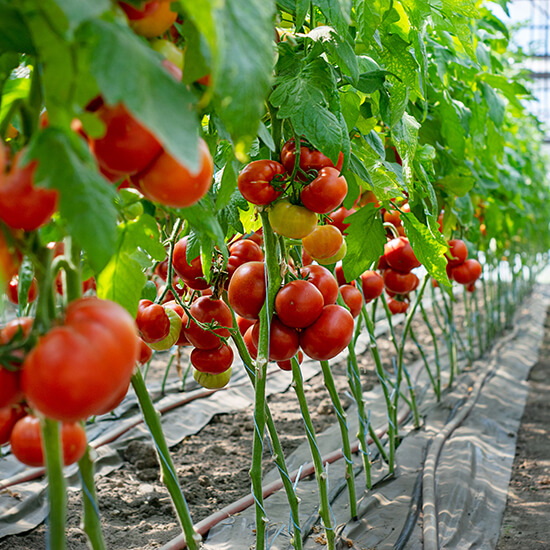
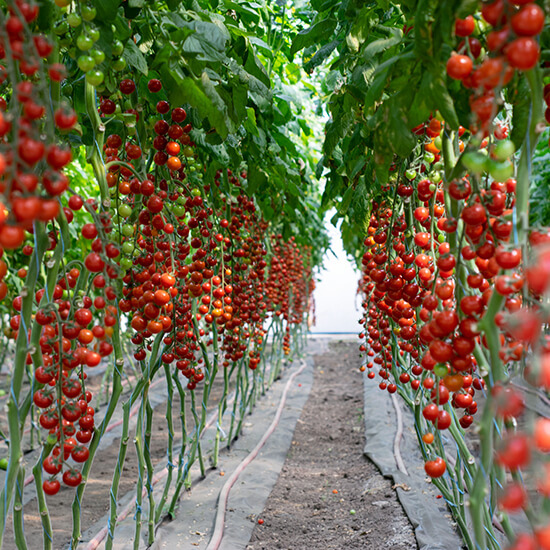
An indeterminate tomato is a tall-growing plant, and the term comes from the Latin word indeterminans, meaning “undefined,” referring to growth. These plants are commonly called “indets.” Under optimal conditions, they can continue growing and bearing fruit for over a year. In open ground, the bush usually does not exceed 2 meters, while in greenhouses it can reach 3 meters or more.
In Ukraine, indeterminate tomatoes are planted in greenhouses in winter or early spring to harvest from spring to autumn. Whether grown in open ground or greenhouses, indets must be tied up because they are highly vining. It is also important to remove lateral shoots (suckers).
clusters on tomatoes form only on the main stem between the leaves and never appear at the growth point, as in determinate types. Among tall tomatoes, there are many varieties and hybrids that differ in vegetation period, fruit shape, and color.
Determinate and indeterminate tomatoes – differences
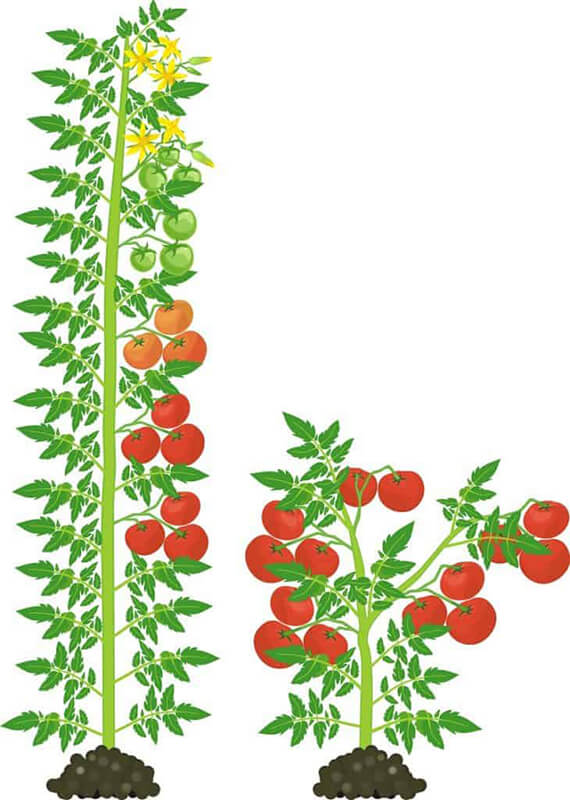
Vegetation period
Both groups of tomatoes include early, mid-season, and late-ripening varieties. However, the leaders in earliness are the low-growing determinate and superdeterminate types.
Fruiting period and yield
Determinate tomatoes produce many fruits and release them over a short period – about 3–4 weeks. Indeterminate plants develop clusters gradually and ripen slowly, but their fruiting phase lasts several months.
Fruits
Regardless of plant type, tomatoes can bear fruits of various sizes (from small cherry to large beef tomatoes), colors (red, pink, yellow, striped, etc.), and shapes (round, plum-shaped, pepper-shaped, with a tip, etc.).
Seedlings
Seedlings of determinate tomatoes have a shorter hypocotyl (the section below the cotyledons) compared to indeterminate ones. Also, det seedlings appear stronger and develop a more powerful root system. Indet seedlings are usually more elongated and weaker. These differences are worth noting when buying seedlings.
Fruit clusters
Seedlings of determinate tomatoes can also be distinguished by the type of cluster formation: the first cluster appears after the 4th–5th leaf, and not higher than the 7th true leaf. If the seedling is sold with blossoms, this can be a useful indicator. Subsequent clusters on dets form every 1–3 leaves. During the growing season, they can develop 5 to 7 clusters.
On indeterminate tomatoes, the first cluster forms above the 8th–9th leaf, and each subsequent one forms every 3–4 leaves. Under good growing conditions, the plant can produce 10 or more clusters (up to 50). Therefore, the total yield of greenhouse tomatoes is much higher than that of low-growing ones.
Another feature of vining tomatoes is that they form fruits more easily under low-light conditions, whereas determinate varieties drop their flowers in such situations.
Internodes
In determinate tomatoes, the distance between nodes is short (medium in standard varieties), while in indeterminate types it is medium-long or long. On a 2-meter length, indets form 10–14 nodes. A determinate tomato produces the same number of nodes within a height of 0.8–1.2 meters.
Plant training
Tall tomatoes are trained into 1 or 2 stems (main stem + a sucker below the first cluster), with all lateral suckers removed. They require mandatory tying. Low-growing tomatoes are grown without pruning. Dets also do not require staking or hilling.
Place and method of cultivation
Indeterminate tomatoes are grown in greenhouses with support, using the seedling method. Low-growing tomatoes are intended for sowing or transplanting as seedlings in open ground.
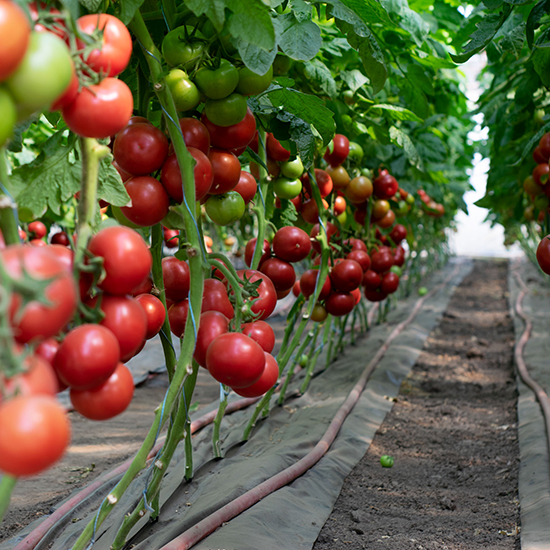
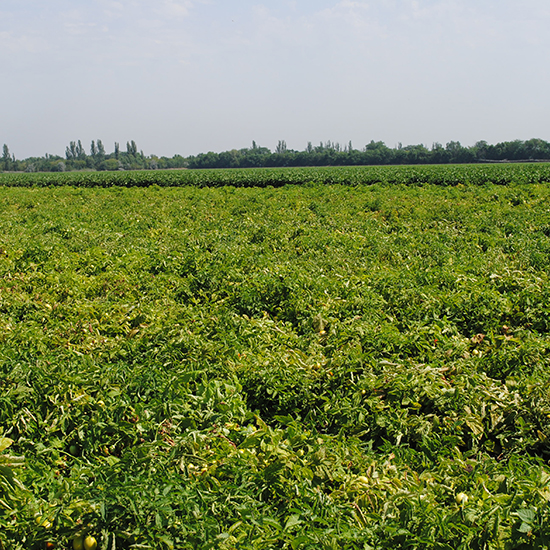
Now you understand the difference between determinate and indeterminate tomatoes. And knowing their characteristics, you won’t make a mistake when choosing a variety or hybrid for cultivation.
If you have found a spelling error, please, notify us by selecting that text and pressing Ctrl+Enter.

